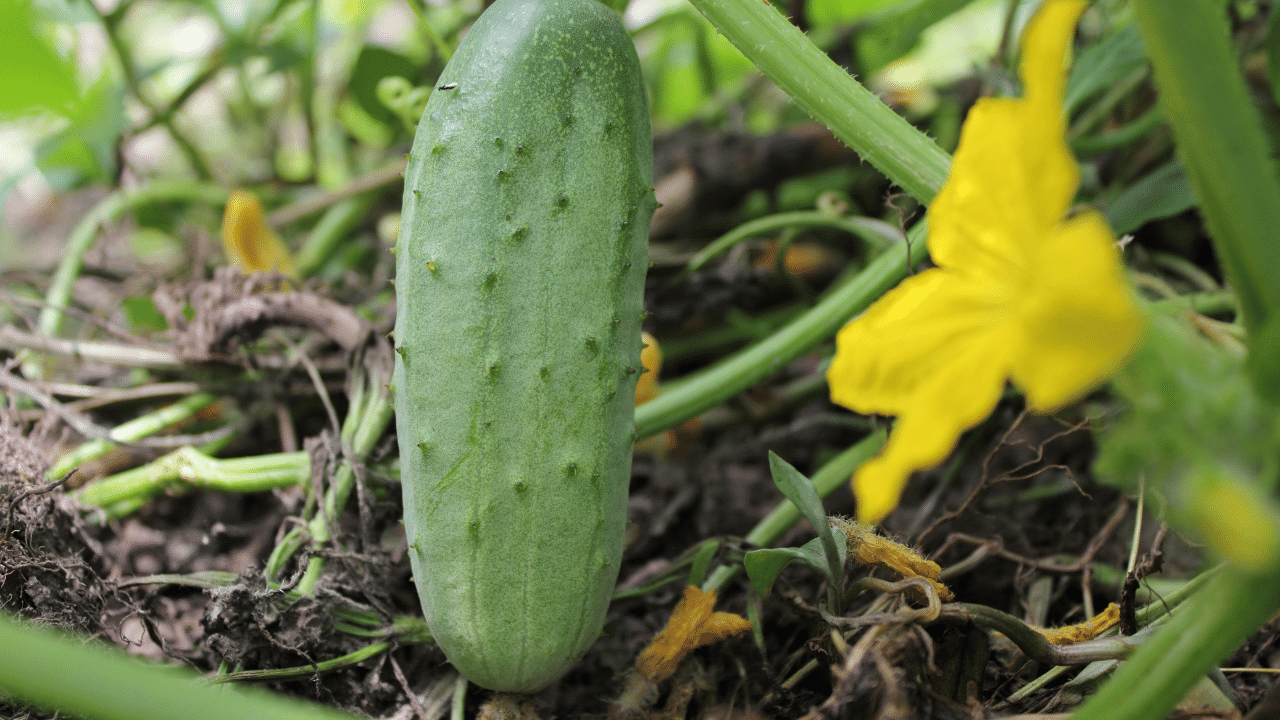By Sana Athar
With the weather clearing up and the sun out longer, many aspiring gardeners start feeling overwhelmed with questions with no one to answer them. Where and how to start? What to do? How to plant? How much sunlight is required? When is the planting season and when is the harvesting season? In this four part series, we will be covering how to cultivate your own vegetable garden.
Get started
First and foremost we need to know where we want to plant our vegetables.
Sunlight
Except a few vegetables like lettuce and spinach, most require almost six hours of sunlight. A south facing location serves best in this case.
Soil
Before planting, ?ll your garden with at least 3-8 cm of compost. The soil in the vegetable bed should be loose, be easy to turn over and dig. Vegetables need daily watering when at the seedling stage. Mulch helps retain moisture, encourages earthworms and fosters microbial activity in the soil.
Rotation
Crop rotation is very important too. Dont plant the same thing (or a related plant) in the same spot two years in a row as plants from same family are vulnerable to disease and insects.
Fertilizer
To make free fertilizer collect leaves in the fall. Place them in a thick layer all over the garden and then let the worms do the work of turning them into leaf mulch.
Start small
Start from a small garden. Each plant has a different set of timings for planting. Vegetables and herbs that are easy to grow and maintain are tomatoes, zucchini, cucumbers, green beans , radishes, lettuces, green onions, cilantro and mint.
Green Beans
Pole and bush beans (more commonly called green beans) are a tender vegetable and a great addition to any garden, great eaten fresh off the plant or incorporated into a recipe. Pole beans will grow in a climbing vine and require a trellis or staking. Bush beans will spread up to 2 feet but do not require support.
Do not start seeds indoors; they may not survive transplanting. Seeds can be sown outdoors any time after last spring frost that is end of April. For a harvest that lasts all summer, sow beans every two weeks. Water regularly, from start of pod to set. Water on sunny days so foliage will not remain soaked. Beans are picked at an immature stage, when the seeds inside have not yet fully developed. Look for ?rm, sizeable pods and snap or cut off the plant. Do not tear the plant. The plant is ready to harvest from mid-June to mid-November.
Cilantro
Coriander/cilantro is a fast-growing, aromatic herb that grows in the cooler weather of spring and fall. The leaves are called cilantro and the seeds are called coriander. Plant cilantro in the spring after the last frost date or in the fall. Do not grow them in summer heat as the plants will bolt (so it is past harvesting). The leaves that grow on bolted plants tend to be bitter in ?avour. It is best to choose a sunny site that will allow cilantro to self-seed as it is ought to do. Plant in an herb garden or the corner of a vegetable garden. When the weather gets warm, the plant will quickly ?nish its life cycle and send up a long stalk which will produce blossoms and later seeds. Little plants will sprout during the season and the next spring. Plant the seeds in light, well-drained soil.
It is important to keep the seeds moist during their germination, so remember to water the plants regularly throughout the growing season. They require about an inch of water per week for best growth. Once the plants are established, they do not need as much water. Keep them moist, but be careful not to overwater them. Harvest while it is low. When the cilantro grows its stalk, cut off the plant after the seeds drop and let it self-seed. The large leaves can be cut individually from the plants. For the smaller leaves, cut them off 1-1/2 to 2 inches above the crown. You can also remove the entire plant at once; however, this means that you will not be able to continue harvesting for the rest of the growing season.

Cucumber
Cucumbers are a warm-season vegetable planted outside in the ground no earlier than two weeks after last spring frost date. Cucumbers are extremely susceptible to frost damage. Do not plant outside too soon! For an early crop, start cucumber seeds indoors about 3 weeks before you transplant them in the ground. They like bottom heat of about 70ºF (21ºC). Before you plant outside, select a site with full sun exposure. Water consistently; put your ?nger in the soil and when it is dry past the ?rst joint of your ?nger, it is time to water. Inconsistent watering leads to bitter-tasting fruit. Water slowly in the morning or early afternoon, avoiding the leaves. Spray vines with sugar water to attract bees and set more fruit. Cucumbers are best picked before they seeds become hard and are eaten when immature. Do not let them get yellow. A cucumber is of highest quality when it is uniformly green, ?rm and crisp.
Next time we will be sharing tips on how to plant and harvest lettuce, mint, onions, peas and pepper.
About the author:
Sana Athar is a stay at home mom to her four little angels. She lives in Oakville, Ontario where she works on her passions: gardening and cooking for family and friends. She has a diploma from McMaster University in health informatics.










Leave a Comment